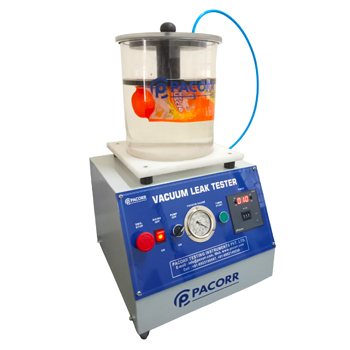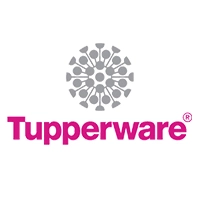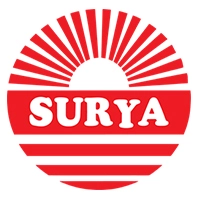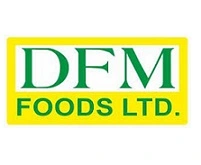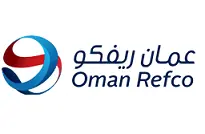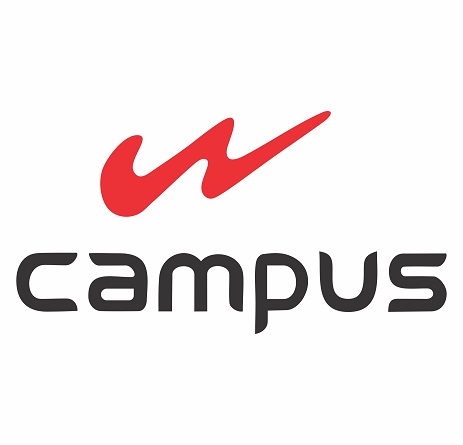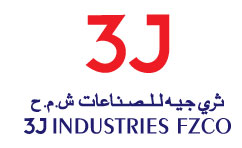Summary: A vacuum leak tester offers a highly efficient and advanced method for evaluating the quality and performance of packaging material. It is designed with precise features that detect cracks, holes, or sealing defects in the specimen. Beyond simple detection, the device provides detailed technical reports that assist users in identifying and addressing potential issues. By creating a vacuum or negative pressure environment, it helps ensure the integrity and airtightness of sealed systems, containers, or components commonly found in pharmaceutical packaging, electronic devices, and industrial applications.
- Shipping Area: All over the world
- Model: PCVLTD-1
Specification:
- Microprocessor based Fully Automatic Instrument
- Vacuum Range: 150 - 600 mm- Hg
- Desiccator: 12” (300mm Diameter)
- Display: Alphanumeric LCD with Backlit
- Keyboard: Soft Touch Membrane Keys
- USB Port: For Dot Matrix Printer with parallel interface
- Vacuum Pressure Gauge: Digital
- Vacuum and Hold time: Programmable
- Hold Time: Upto 999 Seconds
- Automatic Last result storage
- Construction of cabinet: Stainless Steel
- Power: 230V AC, 50 Hz
- Weight: 13 Kg (Approx.)
- Main apparatus along with vacuum pump.
- Polycarbonate desiccator along with connecting cable
- User manual
- IQ/OQ/PQ Certificate
- Printer: Client Scope
Features:
- Vacuum Chamber: The instrument consists of a chamber or enclosure where the test specimen is placed. This chamber can be sealed to create a closed system.
- Vacuum Pump: A vacuum pump is used to remove air or gas from the sealed chamber, creating a low-pressure environment.
- Pressure Sensor: A pressure sensor or gauge is employed to measure the pressure within the sealed chamber. It monitors changes in pressure during the testing process.
- Control System: The Vacuum Leak Tester is typically equipped with a control panel or computer interface that allows users to set testing parameters, initiate the vacuuming process, and record and analyze pressure readings.
- Test Specimen: The object or component being tested is placed inside the vacuum chamber, and the chamber is sealed to isolate it from the external environment.
What is a Vacuum Leak tester?
The Vacuum Leak Tester is an indispensable tool in modern manufacturing, especially for companies focusing on packaging integrity. Pacorr.com offers an advanced vacuum leak tester model, PCVLTD-1, which stands out for its precision, sensitivity, and durability. Designed to detect and quantify leaks or imperfections in sealed or closed systems, it ensures the integrity and airtightness of various products and systems. This equipment is crucial for industries like pharmaceuticals, electronics, and food packaging, where packaging integrity directly impacts product quality and safety.
How It Works
The vacuum leak tester operates by creating a negative pressure environment around the test specimen, which is usually immersed in a liquid solution. If there are any imperfections, such as micro-sized cracks or sealing issues, air will escape from the package, forming bubbles in the liquid. This method allows for the precise identification of faults that are not visible to the naked eye.
Key Features and Specifications
- Vacuum Range: Offers a wide vacuum range from 150 to 600 mm-Hg, catering to various testing requirements.
- Construction: Built with high-grade stainless steel, ensuring longevity and reliability even in continuous testing scenarios.
- Display and Controls: Features an alphanumeric LCD with backlit for clear visibility under any lighting conditions, along with soft-touch membrane keys for easy operation.
- Programmability: Both vacuum and hold times are fully programmable, giving users complete control over the testing process.
- Automatic Data Storage: Capable of storing the last test result for future reference, aiding in comparison analysis.
Advantages in Automation
Automating the quality control process with a vacuum leak tester significantly enhances efficiency and accuracy. The integration of such testers into production lines allows for real-time monitoring and analysis, eliminating the need for manual inspection and reducing the potential for human error. This automation not only ensures consistent product quality but also optimizes the use of human resources for other critical tasks.
Applications of Vacuum Leak Tester
While the vacuum leak tester is versatile, it's particularly effective for testing packaging materials like flexible pouches, containers, and sealed packages. Its precision makes it a valuable asset for industries where packaging integrity is critical. However, it's important to note that due to the nature of the testing process, it's not suitable for testing rigid containers like glass bottles, which do not exhibit the same physical response to vacuum conditions as flexible packaging.
Pacorr's vacuum leak tester represents a significant advancement in quality control technology, offering a blend of precision, efficiency, and ease of use. Its role in automating the quality control process cannot be overstated, making it a key tool in ensuring product integrity across various industries. With its comprehensive set of features and programmability, it meets the high standards required in today's competitive manufacturing environment, making it an invaluable investment for companies aiming to enhance their quality control processes.
Vacuum leak tester brings a range of features with higher user comfort to conduct precision-based leak tests. It offers a wide spectrum of vacuum range along with it the machine delivers ample space for testing distinct sized packaging material. The machine is equipped with a Polycarbonate desiccator, vacuum pump, and connecting cable along with the main apparatus. The equipment is built of high-grade stainless steel that ensures long-time performance and assures no working faults during performing continuous testing procedures.
Pacorr's Vacuum Leak Tester is a cutting-edge solution for ensuring packaging integrity across various industries. This advanced tool is designed not just to meet existing quality standards but to set new benchmarks in packaging excellence. It features real-time data analytics and customizable testing protocols, allowing businesses to preemptively address potential issues, thereby enhancing production efficiency, reducing waste, and optimizing operational flow.
The importance of vacuum leak testing cannot be overstated, as it serves as a reliable and cost-effective method to ascertain the integrity of packaging. This process is essential for detecting potential leaks that could result in spoilage or contamination of the product inside. Performing a vacuum leak test involves sealing the package in a chamber, evacuating the air, and monitoring for any pressure drops which would indicate a leak.
When comparing vacuum leak testing with other methods such as pressure decay testing, bubble testing, and electronic testing, each has its specific application scenarios and advantages. Vacuum leak testing excels in identifying leaks in sealed containers, making it particularly suitable for industries where packaging integrity is critical, such as food and beverage, pharmaceuticals, cosmetics, and electronics.
Detecting micro-sized vacuum leaks is vital as even the smallest breach can lead to significant product damage, spoilage, and negatively impact brand reputation. The Pacorr Vacuum Leak Tester utilizes a highly sensitive microprocessor-based system to detect and quantify these leaks, ensuring that products meet the highest quality standards. This sophisticated equipment can handle a wide range of packaging materials, including flexible packaging and PET bottles, offering a comprehensive solution to quality assurance challenges.
| Feature | Description |
| Application | Ideal for packaging integrity in pharmaceuticals, electronics, and food industries. |
| Functionality | Detects leaks in sealed packages by creating a vacuum environment, identifying imperfections via air bubbles in a liquid medium. |
| Construction | Constructed with high-grade stainless steel for durability. |
| Display and Controls | Equipped with an alphanumeric LCD and soft-touch membrane keys. |
| Programmability | Allows customizable vacuum and hold times. |
| Automatic Data Storage | Capable of storing the last test result for comparison. |
| Automation Compatibility | Enhances quality control processes by allowing integration into production lines for real-time monitoring. |
FAQ's
Q1. How does a Vacuum Leak Tester work?
A. A vacuum leak tester works by creating a controlled vacuum environment around the test sample, usually a sealed package or container. Once the vacuum is applied, the tester monitors the internal pressure for any changes. If there is even a small flaw such as a pinhole or a weak seal air or fluid will escape or enter the package, causing a shift in pressure. This method helps identify leaks accurately without damaging the sample.
Q2. Can a Vacuum Leak Tester detect micro leaks?
A. Yes, a vacuum leak tester is capable of detecting micro leaks. It can sense very small pressure variations that occur when minute leaks are present. This level of sensitivity makes it suitable for industries that demand strict quality control, such as pharmaceuticals, food processing, and electronics, where even a tiny leak can compromise product integrity.
Q3. What standards does the Vacuum Leak Tester comply with?
A. A vacuum leak tester from Pacorr complies with established international testing standards, including ASTM D4991 and ASTM D3078. These standards ensure that the equipment meets the required accuracy and reliability for vacuum testing and package integrity verification.
Q4. What types of packaging can be tested using a Vacuum Leak Tester?
A. A vacuum leak tester can test various types of packaging, including a flexible pouch, a blister pack, a bottle, a jar, a sachet, or a foil-wrapped item. It is ideal for evaluating the integrity of vacuum-sealed, heat-sealed, or pressure-sensitive packages used in industries like food, healthcare, personal care, and consumer goods.
Q5. What is the cost range for a Vacuum Leak Tester?
A. The price of a vacuum leak tester generally starts around ₹60,000 and can go up to ₹2,50,000, depending on the model and its advanced features. This testing equipment plays a crucial role in maintaining packaging integrity by identifying leaks and preserving product quality. For precise pricing and to choose a model that fits your specific requirements, it is recommended to get in touch with Pacorr directly.
Related Products
Our Clients
Thanks to Pacorr Testing instruments, we have all the required quality testing instruments that have helped us to ensure the best quality delivered to our clients.

Danish
Fair Exports Pvt. Ltd.



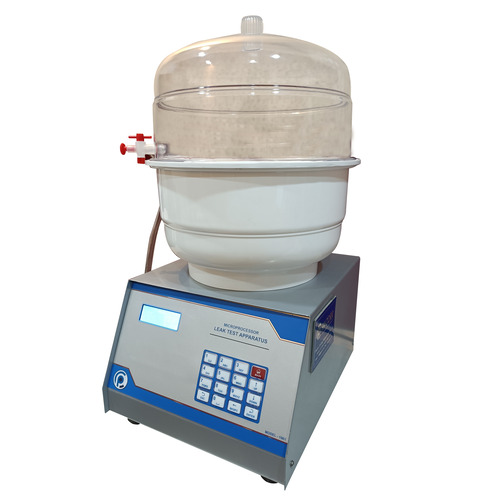
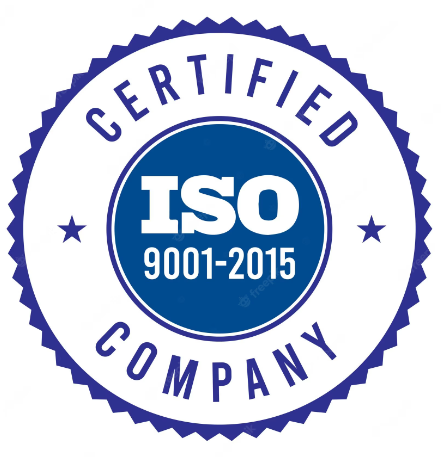

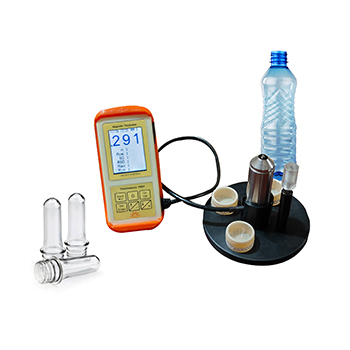
.jpg)
